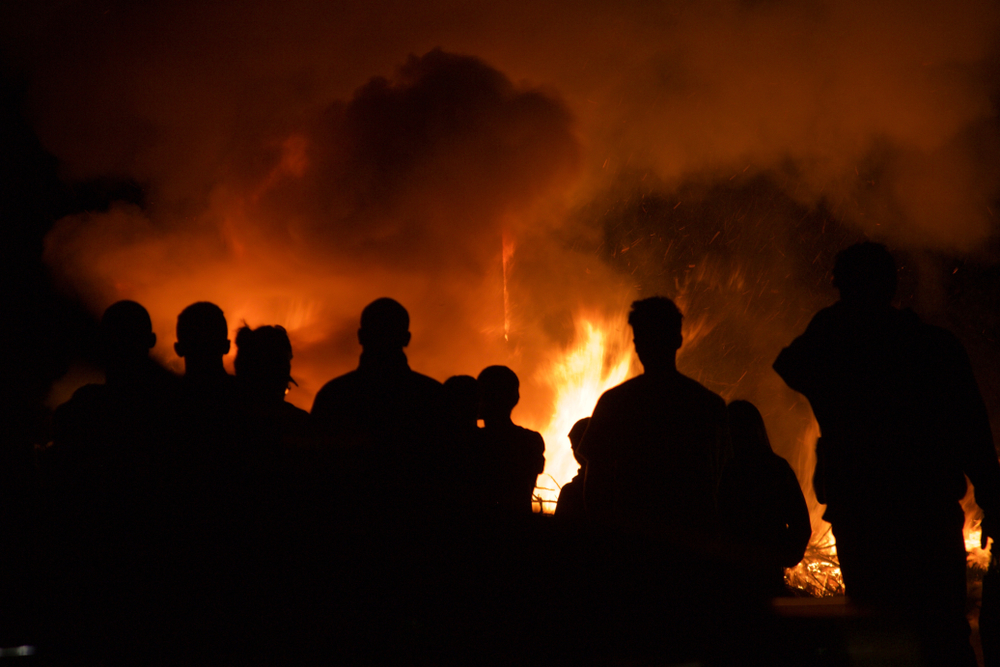California wildfires: Seeking solutions to a wicked problem
More than 2.7 million Californians live in areas that are at very high risk for wildfires, according to our analysis of census data and state fire maps. They live in more than 1.1 million housing units, or in about one in 12 of the state’s homes.
That’s right: one in 12 homes in California are at high risk of burning in a wildfire .
This is a wicked problem with no easy answers. And the more information we can share about where and how we’re falling short, the quicker we can come together on potential solutions .
That was the spirit in which journalists from USA TODAY Network-California, McClatchy, Media News and the Associated Press came together in late 2018 after November’s Camp Fire in Paradise that took 85 lives.
We asked this question: If California is destined to burn, how can we have a sophisticated conversation about how to lessen the impacts on people who live here?
Over five months we analyzed state hazard assessments, wind models and the age of our housing stock to identify the 15 places most likely to burn. We evaluated evacuation plans for the 187 cities and towns designated as high risk, as Paradise was. We used demographic and socioeconomic data, road patterns and other materials to determine which of these communities’ residents would have the most trouble evacuating.
What we found is deeply troubling. And yet there are actionable steps we can take today that will help tomorrow and in the years to come.
We interviewed residents whose homes survived to learn about what they did and what others can do. We detail how many homes are built to fire-resistant standards and how to tell if yours is not.
Our goal with this collaboration is to put a spotlight on policy issues that can and should be raised in the halls of the state Capitol and by local communities that set defensible space standards and evacuation routes.
We hope you read and share these powerful, revelatory stories and videos as we look to bend the trajectory of wildfire’s impact.
We begin with today’s Sacramento Bee, Chico Enterprise-Record and Paradise Post stories. In two weeks, reporting teams from the Redding Record Searchlight, Reno Gazette-Journal, Ventura County Star, The Desert Sun and Associated Press will publish work about ineffective evacuation routes and what we can learn from those who must leave areas quickly elsewhere in the country.
The AP earlier this month shared data with all of its California member news organizations so they could better understand the conditions in their communities. It is also distributing this reporting to all AP member news organizations for publication across the state and beyond.
Thanks as always for your support of local journalism. We look forward to continuing a critical conversation with you in the weeks and months to come.
Lauren Gustus is Editor of The Sacramento Bee and West Region Editor for McClatchy.

